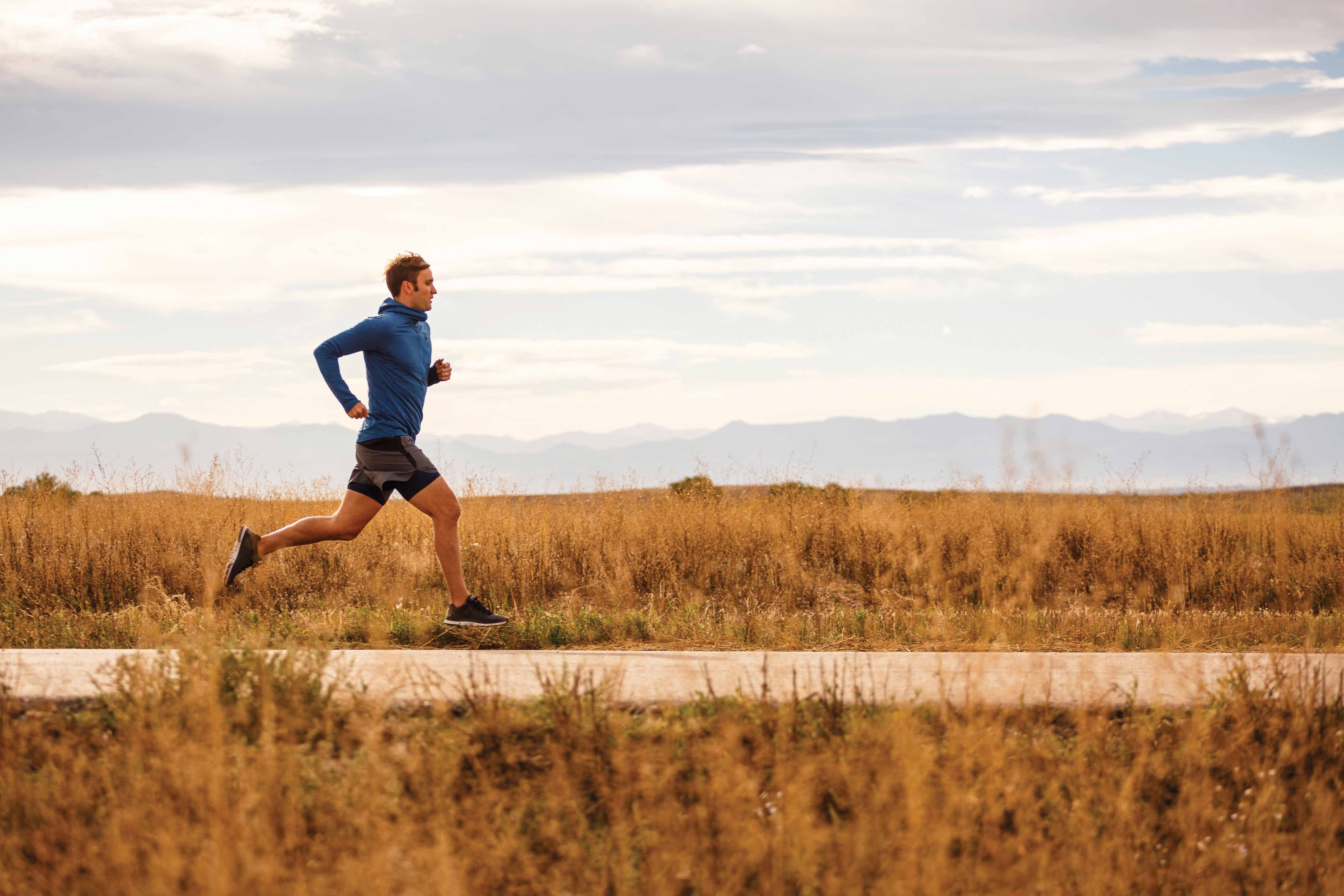Improve Your Running Form With A DIY Analysis

Photo: TandemStock
It’s easier than ever to capture and critique your running form.
Training for most athletic pursuits requires not only fitness and conditioning, but also spending time perfecting technique. Running is no exception. The good news is that with the increased access to video recording technology and the burgeoning number of gait analysis apps, it’s easier than ever to capture and critique your running form.
The first step is to capture a quality video, whether you plan on simply watching it on your phone, uploading it to an app or sending it to an expert. For the best results, find a treadmill with good lighting and little clutter in the background so you can get clear shots from several angles. Also, be sure to tuck in your shirt—or don’t wear a shirt—so you can capture an unobstructed view of the way your core is moving.
Steve Gonser, a New York-based physical therapist and founder of RunSmart Online, has analyzed more than 1,000 runners and counting. He recommends getting around 15 seconds of footage of running at a natural, everyday pace from the following views:
– Whole body back view from your feet to about a foot above your head
– Legs and feet back view from your backside on down
– Whole body front view from your feet to about a foot above your head
– Whole body side view from your feet to about a foot above your head
While running form is a complicated process, there are a number of things to look for in your footage. “The best jumping off point for a DIY run analysis is to master a bent knee landing—the common misconception is that you ‘shouldn’t hit your heel,’” Gonser says. “Upon impact, you should be looking for a bent knee that results in a vertical shin, and from there, a natural mid-foot strike should occur without landing too far on the toes.”
He says that while fixing foot strike is relatively simple, more complicated components of your gait should also be considered, including knee drive, arm position, hip drop and forward lean. These are things that may be best analyzed by someone like Gonser. Indeed, he warns, “There are some drawbacks to analyzing your own form because changing your run form without the proper strength and flexibility is a shortcut to overuse injuries.”
With that said, if you can identify the things that may be going haywire in your running technique and take a methodical approach to addressing them, there is the potential for both skirting injury and improving performance.
RELATED: Get The Most Out Of Video Swim Analysis
Top Running Form Apps
Coach’s Eye $4.99, Coacheseye.com
Dartfish Express $6.99, Dartfish.com
Runform Free, Runform.com
Hudl Technique Free, Hudl.com